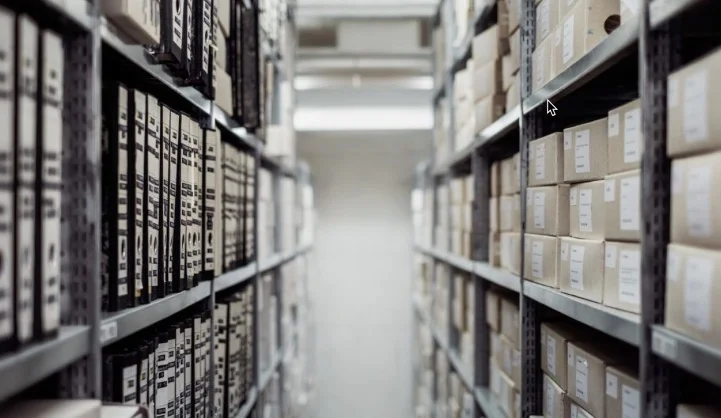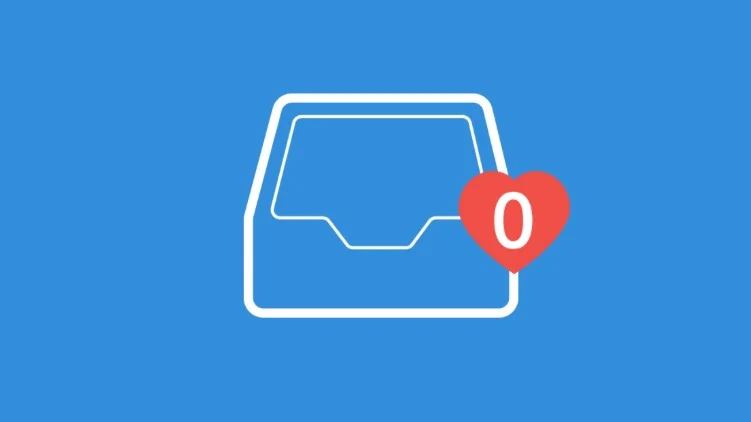Archive or Backup? Answer four questions
By Laura Haight
Originally published as the Digital Maven in Upstate Business Journal
Whether you’re thinking of moving your business data to a cloud storage solution or you’re already there, there may be a potentially costly consideration you’ve overlooked: Archiving vs. cloud storage and/or backup. No, it’s not the same thing.
The difference is in accessibility and disaster recovery. Live data is current, data used during normal regular business operations. When you back it up in either a storage environment or disaster recovery service, you are guarding against losing a file, data corruption, or inaccessibility (like having to work in temporary offices during or after a disaster). Then there’s data that needs to be maintained for compliance or historical purposes. It’s data that you may never need and rarely touch. That’s archived data.
Storing each byte in the right place can, depending on your size, save your business money. It’s easy to confuse the idea of cloud storage (where you maintain data in the cloud and access it through an online application) with storage in the cloud (archiving). Companies engaging in AI development and Big Data analytics may need a middle-ground solution called active archiving or cool storage. They need to maintain everything to inform analysis, but they do not need instant access.
Using Microsoft’s Azure platform for a rough comparison, the monthly storage cost for 100 GB of frequently accessed data is $2 versus 20 cents for archiving it. There are some limitations, of course. Cloud services expect long-term storage commitments (Azure is six months) for archiving and you can expect longer turnaround times to access your archived data.
Getting data in the right place begins by evaluating data types and accessibility requirements. Here are four questions to start that evaluation.
What do you need this data for?
Think about employment applications, for example. You may keep candidate resumes on file, but how often do you need instant access to them? More common is saving employment files for compliance purposes. If the data is something that needs to be maintained but requires some notice -- usually a matter of hours -- to become available, archive it.
How often do you touch it?
Business is calendar driven. You do things monthly, quarterly, biannually, annually. Prioritize based on frequency of access. Usually, a year (maybe two) should be readily acceptable. After that, they are historical records, or audit fodder.
How quickly will you need it?
This is a big differentiator between cool storage and archiving. If you get pop-up audits where you have no notice and must produce data files, you can still archive. But be cool, not cold. Cool storage (again from Azure) is accessible within seconds, not hours. That access costs more for data at rest (there are additional fees per GB accessed), but less than cloud storage.
How much do you want to spend?
The difference between 20 cents and $2 for 100 GB doesn’t sound like much. But factor that across all employees, all desktops, all mobile devices, file servers, etc. Calculate the amount of data in each of your data types, layer in the additional charges for various types of access from application calls on up. And remember that your data doubles (or more) each year.
One final tip, a lot of users really don’t trust their technology. There’s a good chance that there are copies of folders squirreled away on hard drives and external devices across your business. A good house cleaning can also cut your costs by eliminating backups of backups.



